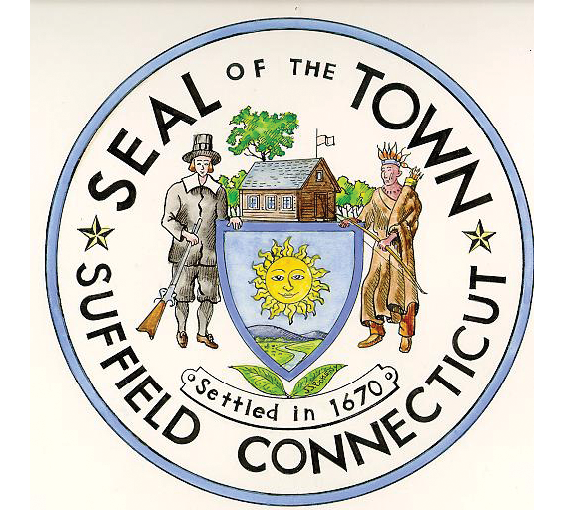
Suffield has a rich history that is deeply intertwined with the early development of New England. The town’s origins trace back to the colonial period. When European settlers arrived in the new world at the beginning of the 17th century, they found land occupied by Native people. This led to conflicts concerning ownership of land between settlers and Native people.
Suffield’s early relationship with its Native people centers on the sale of extensive Native land to entrepreneurs from Springfield, Massachusetts. This was the start of the town of Suffield. Unlike other communities in New England where European settlers seized land from Native people, this was not part of Suffield’s history. A leading merchant in Springfield named John Pynchon purchased Native land in two tracts. The first tract was purchased from Chief Paumpunkshat of the Agawam Tribe. The territory was six miles south from Springfield and then six miles westward from the Connecticut River. The second tract was purchased from a leader of the Poquonac tribe, a woman named Minouasques. This territory was south of Stony Brook and included what is now southern Suffield, and parts of Windsor Locks, Granby and East Granby. The Native people were paid a total of 30 pounds.
With the arrival of European settlers there began a lucrative trade with animal furs and pelts for such items as simple cooking and eating utensils, cloth, blankets, clothes and shoes. The European settlers also brought with them the legal concept of land ownership. At the time, this was completely foreign to Native people. For them, land was not owned by anyone. It was just there to be lived on and enjoyed by all people. Native people did not own the land. When they agreed to “sell” vast tracts of land to John Pynchon they were just inviting him and his associates to live within the boundaries of the tribe. European settlers living nearby would provide better trading opportunities and enhanced safety and security. The Native people did not understand the consequences of their land agreement.
In 1752, John Pynchon had become one of the wealthiest people in western Massachusetts and an important political figure. His father had returned to England and left his son to run the family business. John had been instrumental in developing the fur trade with friendly Native tribes around Springfield and south to Hartford. The fur trade with England had become the basis of the family fortune. Pynchon fancied himself as a developer and wanted to create a new settlement south of Springfield as a waystation on the trail to Hartford. When applying for permission to form a new settlement he needed to inform the governing authorities in Boston that he owned the land for the settlement. By John Pynchon’s own account, he had a legal deed for the land he purchased for Suffield from Native people. He received permission from the Massachusetts authorities to create a new settlement. Suffield was created in 1670. It has become a thriving suburban town.
By 1676, after living there for thousands of years, no Native people were still living in Suffield. They had moved their villages west and north to get away from the turmoil and uncertainty in the aftermath of King Philip’s War. They joined friendly tribes in New York and Canada. It’s unfortunate that Native people decided to move. They could be making a contribution to the welcome diversity of today’s Suffield.